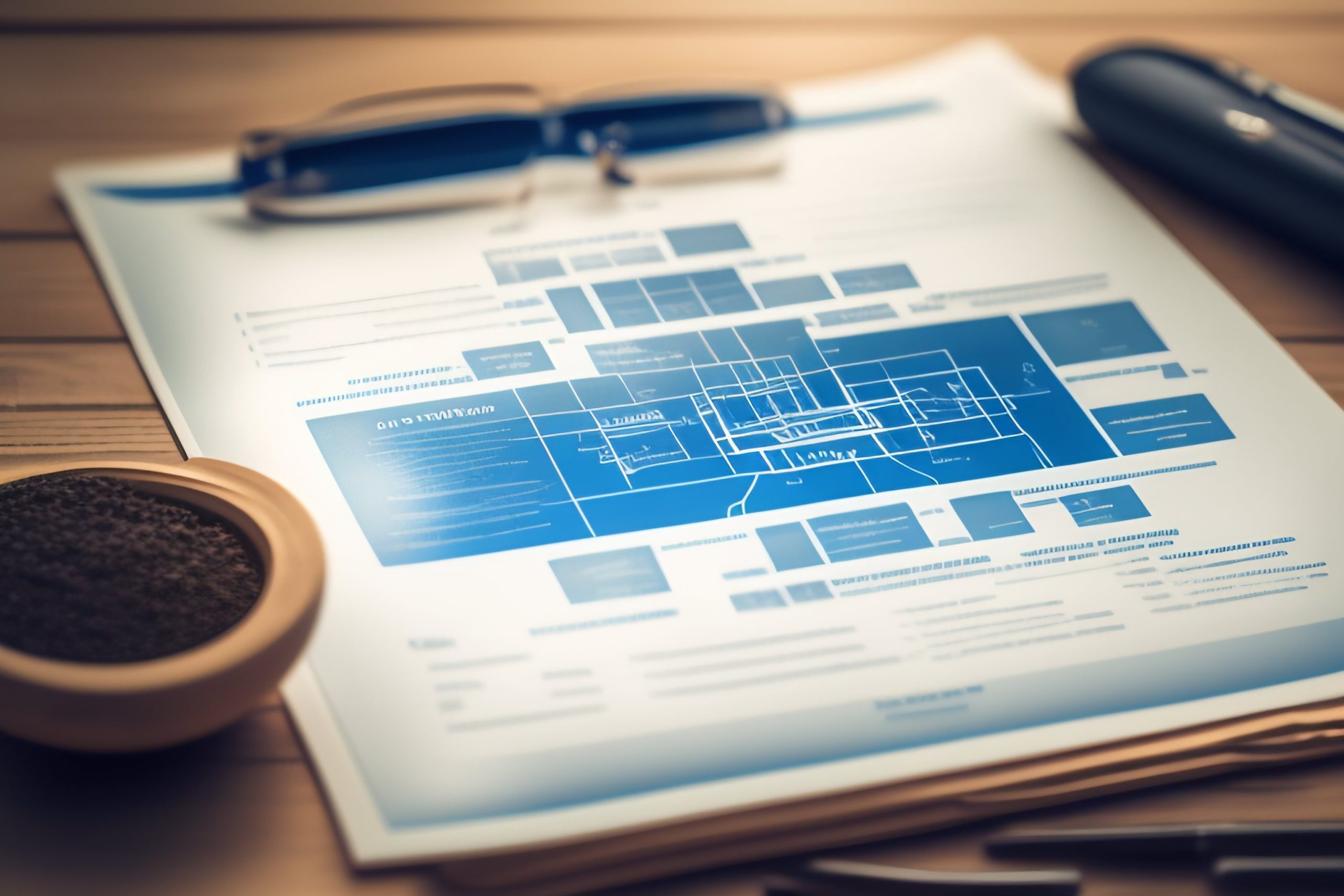
The FHA 203(k) Loan
The FHA 203(k) Loan: A Comprehensive Guide to FHA Renovation Mortgage Financing
The FHA 203(k) loan program allows home buyers and owners to roll the financing of home repairs or renovations into their mortgage, avoiding upfront costs. Backed by the Federal Housing Administration, 203(k) loans offer a valuable option for those needing to make updates to outdated, damaged, or deteriorating homes. This guide examines the key features, requirements, costs, and process for obtaining an FHA 203(k) renovation loan.
What is the FHA 203(k) Loan Program?
The FHA 203(k) mortgage loan program allows financing of home purchases or refinances combined with funds for renovating or repairing the property. Key features include:
- Government-backed mortgages insured by the Federal Housing Administration
- Purchase price plus renovation costs rolled into a single long-term mortgage
- Avoid upfront costs for repairs and improvements
- Lower down payment 3.5% requirement than conventional loans
- Available for major remodeling or modest repairs
Types of 203(k) Loans
There are two varieties of 203(k) loans:
Standard 203(k)
- For more extensive renovations with costs exceeding $35,000
- Managed by a 203(k) Consultant who reviews and approves all work
Limited 203(k)
- For minor renovations up to $35,000
- No mandatory consultant required which streamlines process
Uses for 203(k) Loans
The 203(k) loan allows financing of a wide variety of renovations including:
- Kitchen or bathroom remodeling
- Flooring replacement
- Roof repair or replacement
- Room additions and expansions
- Weatherization like windows and insulation
- Electrical and plumbing upgrades
- Foundation and structural repairs
- Whole house renovations and flips
203(k) Loan Eligibility
Borrowers must meet certain FHA eligibility requirements:
- Minimum credit score of 620
- Debt-to-income ratio below 43%
- 1 year employment history
- For purchases, home must meet FHA property requirements
- Investment properties allowed with stricter terms
- Owner-occupants get better rates and loan sizes than investors
Advantages of 203(k) Loans
Benefits of a 203(k) renovation mortgage include:
- Finance improvements at time of purchase or refinance
- Avoid large upfront renovation project costs
- Lower down payment compared to conventional mortgages
- Fixed low interest rate for the entire loan term
- Contingency funds to cover unexpected overages
- Increases property value by funding repairs
203(k) Loan Costs
Typical costs include:
- 3.5% down payment for owner-occupied homes
- Mortgage insurance premium around 1% of loan amount
- Interest rates near market averages for 30-year fixed loans
- 1-3% of project costs for consultant and administration fees
- Required home inspections and appraisals
- Contingency reserve of 10-20% for cost overruns
The 203(k) Loan Process
The major steps in obtaining a 203(k) loan include:
- Find an experienced 203(k) lender
- Determine scope of renovations and estimated costs
- Submit 203(k) application with scope of work
- Home inspection identifies required repairs
- Consultant reviews planned renovations (Standard 203k only)
- Obtain 203(k) loan approval
- Close on mortgage and place funds in escrow
- Renovations completed based on schedule
- Final inspection confirms completion to requirements
- Renovation funds released to contractors after approval
Choosing the Right 203(k) Contractor
Vetting contractors carefully is crucial for a smooth process:
- Verify proper licensing, insurance, and bonding
- Review examples of past 203(k) project work
- Check ratings on online review sites
- Ask for multiple bids to compare pricing
- Require fixed price bids to control costs
- Get referrals from lenders or consultants
- Ensure strong communication skills
203(k) Loan Pitfalls to Avoid
Be aware of common issues borrowers encounter:
- Underestimating renovation costs and scope
- Letting projects drag on past deadline leading to delays
- Disreputable or unqualified contractors doing bad work
- Exceeding maximum mortgage limits for area
- Running over 45% maximum debt-to-income ratio
- Taking on more work than financially feasible
- Failing to get permits required by local codes
- Not setting aside enough contingency funds
Alternatives to 203(k) Loans
Other options for financing home renovations:
- Home Equity Line of Credit – Revolving credit using home equity as collateral
- Cash-Out Refinance – Taking cash from equity on existing home loan refi
- Personal Loan – Lump sum installment loan from bank for home improvements
- HELOC/Cash-Out Combo – Combine two products above
- FHA 203(h) – For disaster victims needing to rebuild damaged homes
- USDA Renovation Loan – For rural housing repairs
- Fannie Mae HomeStyle – Conventional reno loan requiring larger down payment
Is a 203(k) Loan Right for You?
A 203(k) makes sense if:
- You need major repairs to make a home livable and financeable
- Buying a fixer-upper requiring extensive renovations
- Seeking whole-house style upgrades like kitchens and baths
- Want to finance renovations without large upfront costs
- Have sufficient income and equity to qualify for mortgage
The Bottom Line
The FHA 203(k) mortgage loan program provides a valuable financing tool allowing buyers to purchase and upgrade homes needing work without upfront renovation costs. Following guidelines and partnering with experienced contractors helps ensure 203(k) projects go smoothly. For major remodeling jobs, 203(k) loans make renovations achievable.


